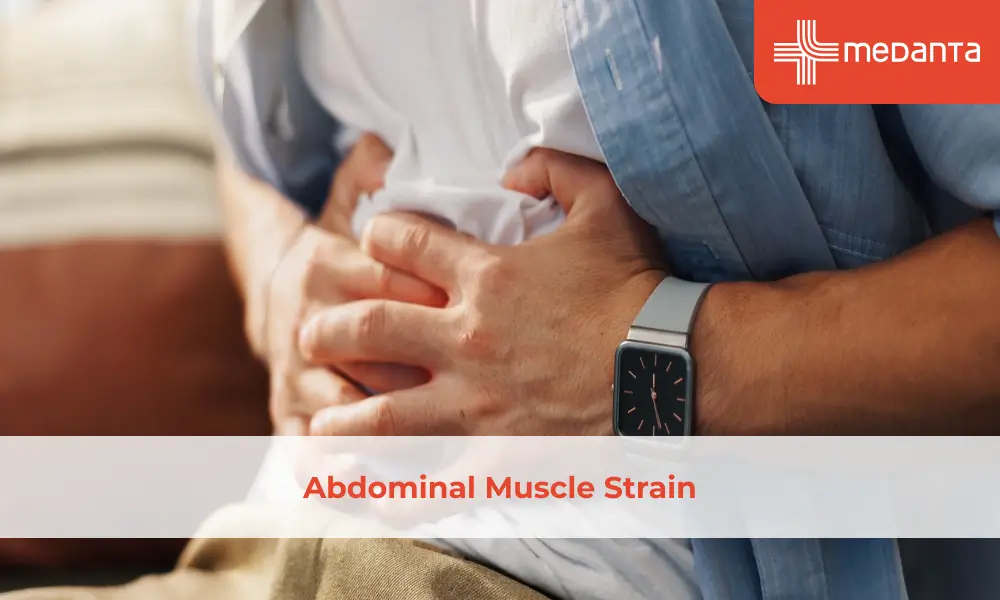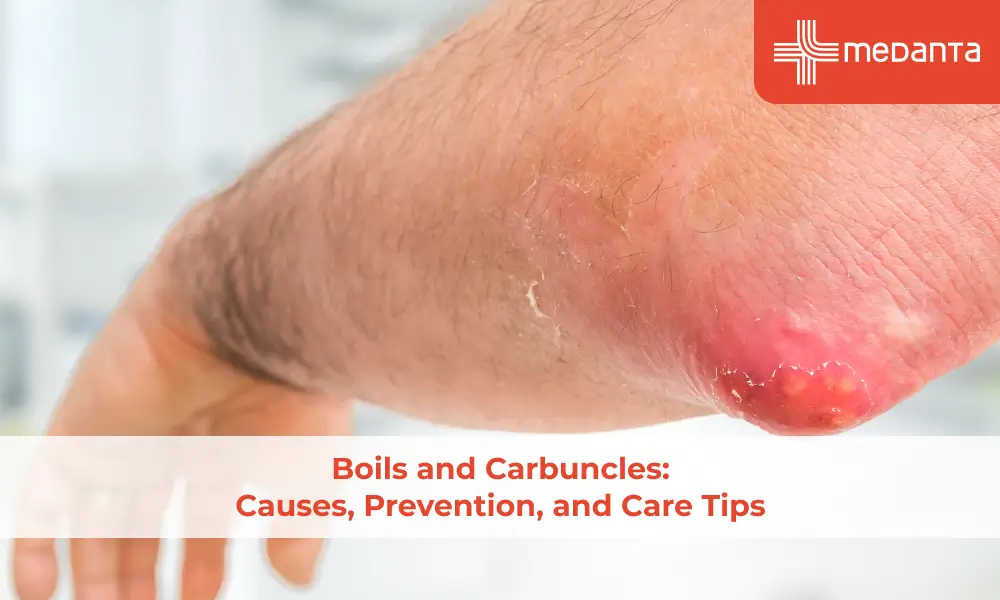Slipped Discs: Overview, Causes and Treatment of Herniated Disc

Your spinal column is an organised sequence of bones stacked onto one another. The spinal column is cushioned by discs to protect the bones in the spine. These discs are made up of a soft inner region with a tough outer ring. Due to reasons, such as an injury or weakening of the spine, the inner region can protrude through a tear caused in the outer ring, leading to pain and discomfort. This is how a herniated or a slipped disc is developed.
Recognising a Slipped Disc
A slipped disc or a herniated disc takes place along different parts of the spinal cord. Spinal discs are present in-between the bones of the spinal column (vertebrae). When we are young, our spinal discs are gel-like fluid pads. Blood supply to these discs is stopped by early adulthood making them solidify. This results in stiffness, making you struggle more with flexibility as compared to when you were a child. Hence, ageing is a major reason behind a slipped disc, making you more vulnerable to spinal injuries.
Your back is tuned to distribute your weight while you walk, sit or bend. Vertebral discs along your spinal cord move according to your body movements. Hence, wear and tear, or degeneration over the years can lead to bulging of the discs from its position.

Major trauma to the body, such as that suffered in a car accident, can put aggressive force on your spinal disc. Lifting a heavy item may also have a similar effect on your spinal disc. In select cases, a combination of injury and degeneration can harm the spinal disc. This makes your spinal cord extremely sensitive, and an often ignored part of your body.
What may seem like an everyday point of pain for you, could be a sign of your spinal condition getting worse. The severity and duration of your pain will help you decide whether what you are experiencing is a serious condition or something that can be managed with a good body massage.
If the spinal disc in your lower back is affected, you may experience immense pain in your calf muscles, thighs, and buttocks. If the affected disc is present high up on your neck, then you would experience intense pain in your shoulder and arms. Something as simple as a cough or a sneeze will cause great discomfort.
You may experience numbness or tingling in different parts of your body. You may be unable to lift heavy items or may even have a fall because your muscles have weakened. This is due to the nerves that are affected by the herniated discs. The affected body parts are connected to the nerves that are located in your spinal cord.
Complications that Arise from a Slipped Disc
When you have a slipped disc, your lifestyle may prevent you from living a healthy and fit life. Further, being overweight adds to the stress of a herniated disc, especially in the lower region (lumbar) of the spine.
In this case, your symptoms could worsen from numbness to not being able to perform daily activities. Those suffering from a syndrome known as Cauda Equina Syndrome might further progress into bladder or bowel dysfunction due to damaged nerves.
Treatment of a Herniated Disc
After a physical examination along with X-Rays, CT Scans, and MRIs, your doctor will be able to detect the location of your herniated disc. A Myelogram test might be performed which uses a dye to help locate the pressure on your spinal cord. Electromyogram and nerve conduction studies (EMG/NCS) may be done to check if any of your nerves are damaged.
Your doctor will then suggest physical therapy along with pain relievers, muscle relaxers, and other prescribed medications, depending upon the severity of your case. Exercise and the right diet can help prevent your spinal discs from weakening. Also, maintaining good posture by keeping your back straight when sitting for a long duration can be very helpful. Taking appropriate treatment can reverse your spinal disc problem and greatly reduce or eliminate your discomfort. The sooner you take action, the faster you are likely to recover.





